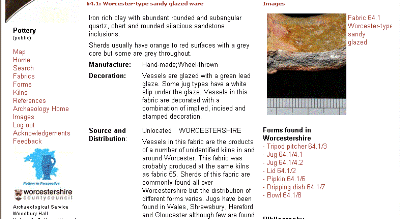
Figure 1: Fabric information. 64.1: Worcester-type sandy glazed ware.
Cite this as: Nenk, B. 2003 Review of Worcestershire On-line Fabric Type Series website, Internet Archaeology 14. https://doi.org/10.11141/ia.14.7
Worcestershire County Council Archaeological Service, Ceramic Research Centre Worcestershire On-line Fabric Type Series Available: http://www.worcestershireceramics.org
The study of archaeological ceramics is advanced through the creation and development of regional and national pottery type-series, which contain samples of each type of pottery identified from a particular area or region. Pottery researchers working in any period, from prehistoric to post-medieval, require access to such type-series, and to their associated data, in order to be able to advance the identification of all types of pottery, not only those types produced in the local area, but those produced in surrounding regions, as well as those imported from abroad. The publication of such type-series, as well as their accessibility to researchers, is essential if the information they contain is to be disseminated. The development of the Worcestershire On-Line Fabric Type Series is the first stage in a remarkable project designed to make the complete fabric and form type series for Worcestershire ceramics accessible on the internet. As part of the Historic Environment Record for Worcestershire, formerly the Sites and Monuments Record, it is designed to improve access to finds and environmental data, with the aim of encouraging and facilitating research. Funded by Worcestershire County Council as part of its commitment to e-government, it is being developed by Worcestershire County Council Archaeology Service with OxfordArchDigital. It is one of a proposed series of on-line specialist resources (to include, for example, clay pipes, environmental archaeology, flint tools, historic buildings), which are also designed to stand alone as research tools. The ceramics website is the first part of Pottery in Perspective, a web-based project to provide information on the pottery used and made in Worcestershire from prehistory to c. 1900AD.
At the time of writing, the database covers mainly the medieval period (mid 9th to early post-medieval, with some 17/18th century fabrics), although the intention is to add continuously to it, so that it will also eventually include all the prehistoric, Roman and post-medieval pottery types found on archaeological sites in the county (the pottery fabric type-series which has been developed at Worcestershire Archaeological Service over the past 20 years). To date, a number of images of prehistoric and Roman pottery have also been included in the database, with brief information about each vessel.
The layout and design of the site is clear and well-organised. The site menu, on the left of the screen, includes the following categories: fabrics, forms, kilns, bibliographic references and images, as well as a search facility. The user is able to move easily and quickly between each category (both text and images load in a matter of seconds). Clicking on fabrics produces a list of 38 medieval pottery types found in Worcestershire, each assigned a Worcestershire type-series number, name and date-range. Each one may be accessed by clicking on the name, which takes one into the fabric information (Fig. 1).

Figure 1: Fabric information. 64.1: Worcester-type sandy glazed ware.
For each type of pottery described in the type series, information is provided on the fabric (clay type and inclusions, appearance and colour), details of manufacture (whether hand-made or wheelthrown), decoration (including details of glaze and/or slip, and details such as stamped or applied decoration), the forms of the vessels found in Worcestershire, source and distribution (including any known or suspected kilns), and date range. A bibliography is also provided for each fabric. There are also clear images of fresh breaks of pottery sections for each fabric, which may be enlarged to provide a magnified image (Fig. 2). A further category provides more detailed fabric descriptions, including descriptions of inclusions, core and surface colours, and hardness. The intention is to enhance the fabric information with descriptions and images of thin-sections of each pottery type in the database.
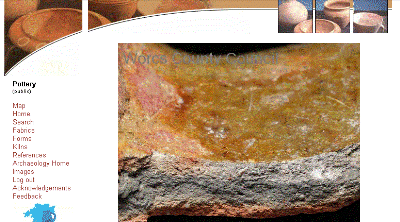
Figure 2: Fabric information. 64.1: Worcester-type sandy glazed ware. Detailed image.
The form type-series has yet to be completed on the database, but, so far, those that have been incorporated provide clear pottery illustrations of the commonest forms found in Worcestershire. Clicking on form information for Worcester-type sandy unglazed ware (fabric 55), for example, which has been added to the database, provides further details of the shape, manufacture, decoration, function, distribution and date-range of the various vessel forms (Figs. 3-4).
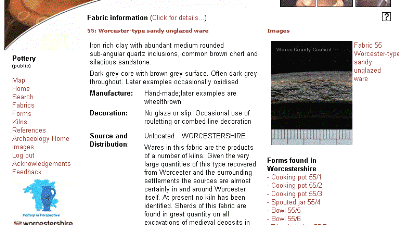
Figure 3: Fabric information. Fabric 55: Worcester-type sandy unglazed ware.
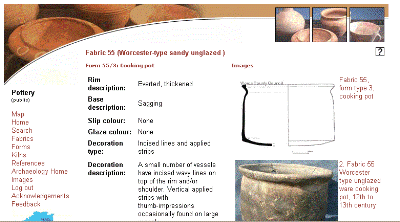
Figure 4: Fabric 55: Worcester-type sandy unglazed ware, Form 55/3: Cooking pot.
All the photographs and illustrations in the site are also grouped together, and can be browsed, allowing, for example, easy comparison of fabrics, and of forms. Each image may then be enlarged. These pages include photographs of complete, or semi-complete, vessels, sections, and illustrations of forms (Figs. 5-6).
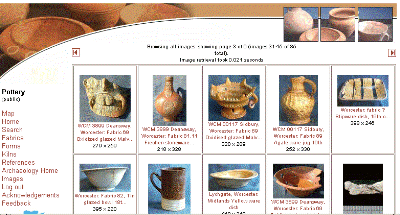
Figure 5: Images (page 3), showing photographs of forms and fabrics

Figure 6: Images (page 6), showing photographs of fabrics and illustrations of forms
The kilns database lists 28 pottery kilns, from which pottery found in Worcestershire has been identified. These include local kilns, such as Hanley Castle in Worcestershire, kilns elsewhere in the UK, and those on the European mainland, which produced the imported wares found in the county. Each entry provides geographical information, bibliographic references, and fabric name and number in the Worcestershire type-series.
The search engine is user friendly, allowing one to choose from the categories of reference, fabrics, forms or kilns. A Quick Search field is provided, as well as an Advanced Search facility. The search engine and the navigation around the site are both quick and simple. The site includes many of the aspects of pottery fabric descriptions required by the ceramic specialist for research and identification. The intention is to develop the site, so that it will include overviews of the ceramic history of the county for each period, mapping of findspots, and more detailed information on kiln sites.
The intended audience for the site is ceramic specialists and students, as well as anyone interested in the study of pottery. Non-specialist on-line information is to be developed and added as the project progresses. The site will undoubtedly be of use to many pottery researchers and students, not only those working in Worcestershire, but equally those working in neighbouring regions where common types and sources of pot are found. It will be especially helpful since one will be able to look up clear, detailed images of those fabrics with which one may be unfamiliar. The images and descriptions of imported pottery types will be helpful to many researchers faced with the problem of identifying such imports from their own assemblages. The publication of type-series such as this via a web-site is an excellent method for disseminating such information, and a marvellous utilisation of the internet. Hopefully this impressive site will become a model for the future, on-line publication of regional, national and international pottery reference collections. All concerned in its creation are to be congratulated.
* Beverley Nenk
Curator, National Reference Collection of Medieval Pottery
Department of Prehistory and Europe
British Museum
London, WC1B 3DG
© Internet Archaeology URL: http://intarch.ac.uk/journal/issue14/reviews/nenk.html
Last updated: Mon 9 June 2003